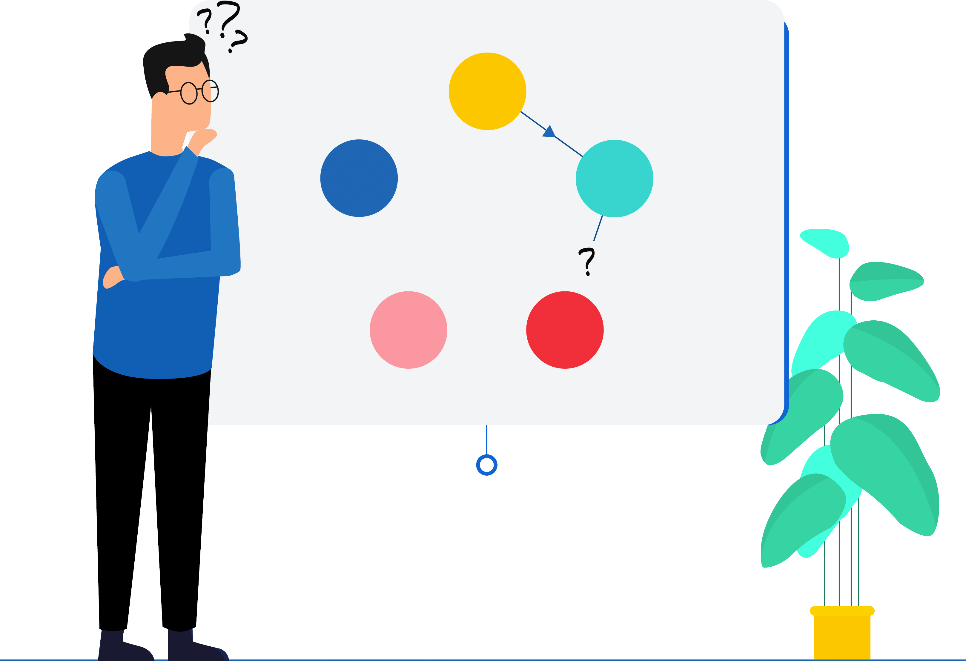I’ve recently noticed a trend where many ServiceDesk Plus customers have started trialling various ITIL-based modules that were not originally part of their deployment. Change Management is on the top of the list.
In order to understand why Change Management is suddenly rising in popularity, let’s take a look at what Change Management is and how it benefits organisations in a post-COVID world.

What is Change Management
Let’s begin with a quick definition of change within ITSM. It’s the addition, modification, or removal of anything that could have an effect on IT services. The objective of Change Management is to ensure any changes can be implemented with minimal impact and risk to stakeholders, while easily providing updates and announcements for all parties involved in the workflow
Change Management is often said to be the most difficult of the ITIL process. Correct implementation requires the right mix of people, processes and technologies. Risk mitigation also becomes a major consideration, depending on the complexity of the change.
The following steps are usually followed during the change process:
- Request for change
- Evaluation
- Change approvals
Change implementation and review
Changes can be classified as standard, minor, normal, major or an emergency change depending on the impact and risk involved.
Standard and minor changes are relatively simple and low-risk (such as a password reset). These usually do not require approval by either the Change Authority (usually a line manager) or a dedicated Change Manager.
Normal and major changes present moderate to significant risk to service continuity and/or the business. These require escalation to a higher Change Authority or involve convening the Change Advisory Board (CAB) to assess the change.
Emergency changes are those that must be performed quickly in response to an immediate need, such as an issue that is disrupting business operations. The Emergency Change Advisory Board (ECAB) is a smaller, core group of CAB members who are available on short notice to assess and respond to emergency changes.
If you would like a more detailed overview of Change Management, have a look here.
How does Change differ from Project Management?
There are many aspects of Change Management that may seem similar to Project Management within the ITIL framework. In short, the differences between Change and Project Management can be summarised as such:
Change Management
- Has no standard guidelines
- Includes less formal processes
- Has no concrete timeline
- Puts focus on people
- Manages the impact of change resulting from organisational or project developments
Project Management
- Has well-documented guidelines and standards
- Follows a specific timeline
- Puts focus on technical processes and systems
- Manages the activities of a project to meet specific goals and requirements
In the ideal ITSM deployment, both Change and Project Management would be implemented. Project Management would be used for more large scale and/or mid or long-term changes, while Change Management would assess each stage of a particular project, and for changes that arise from day-to-day operations. For a more intertwined practice, either module could be used during the implementation stage of the other i.e. Project used during implementation stage of Change.

Use cases
Let’s have a look at a real-world scenario where Change Management would be utilised:
ABC Inc. has decided to migrate to the cloud in order to give their employees faster access to data, as many of them are now working remotely. Office 365 and Azure AD is their chosen solution.
Here’s the steps taken within Change Management:
- Create a Request For Change (RFC) ticket to allow easy tracking of progress, collect information or assign roles.
- Planning the change e.g.
- Prepare O365 and Azure AD accounts
- Setup ADFS
- Sync Azure AD with on-prem AD
- Sync on-prem Exchange with O365
- Backout plan: existing configuration is intact, revert to old configuration
- Planned downtime: 12 hours (advise users of change)
- Get the right approvals, since this is a fairly large-scale change, assessment and approval would be needed from various CABs e.g.
- Executive CAB (CEO, CIO etc.)
- Technical CAB (operations manager, service delivery manager, etc.)
- Implement the change and ensure everything went as planned. All problems must be fixed before change is deemed successful.
- Ensure all parties involved are notified at each stage of implementation
- Assess the change process against certain KPIs and identify areas for improvement e.g.
- Number of incidents caused by the change
- Resources used and funds spent
With Enterprise Service Management (ESM) also gaining in popularity, Change Management can be utilised in any other department within an organisation e.g. Facilities could utilise it when the office is being repainted, or bathrooms are out of order due to maintenance.

As an ITIL-ready ITSM solution, ServiceDesk Plus comes with Change Management out of the box. It also includes other processes of the ITIL framework – such as Project Management and Asset Management. ServiceDesk Plus is also available with ESM, allowing you to utilise these processes for other departments such as finance, operations, HR, etc.
If you’d like to find out more about ServiceDesk Plus, Change Management and how these processes benefit your organisation, contact us today!
